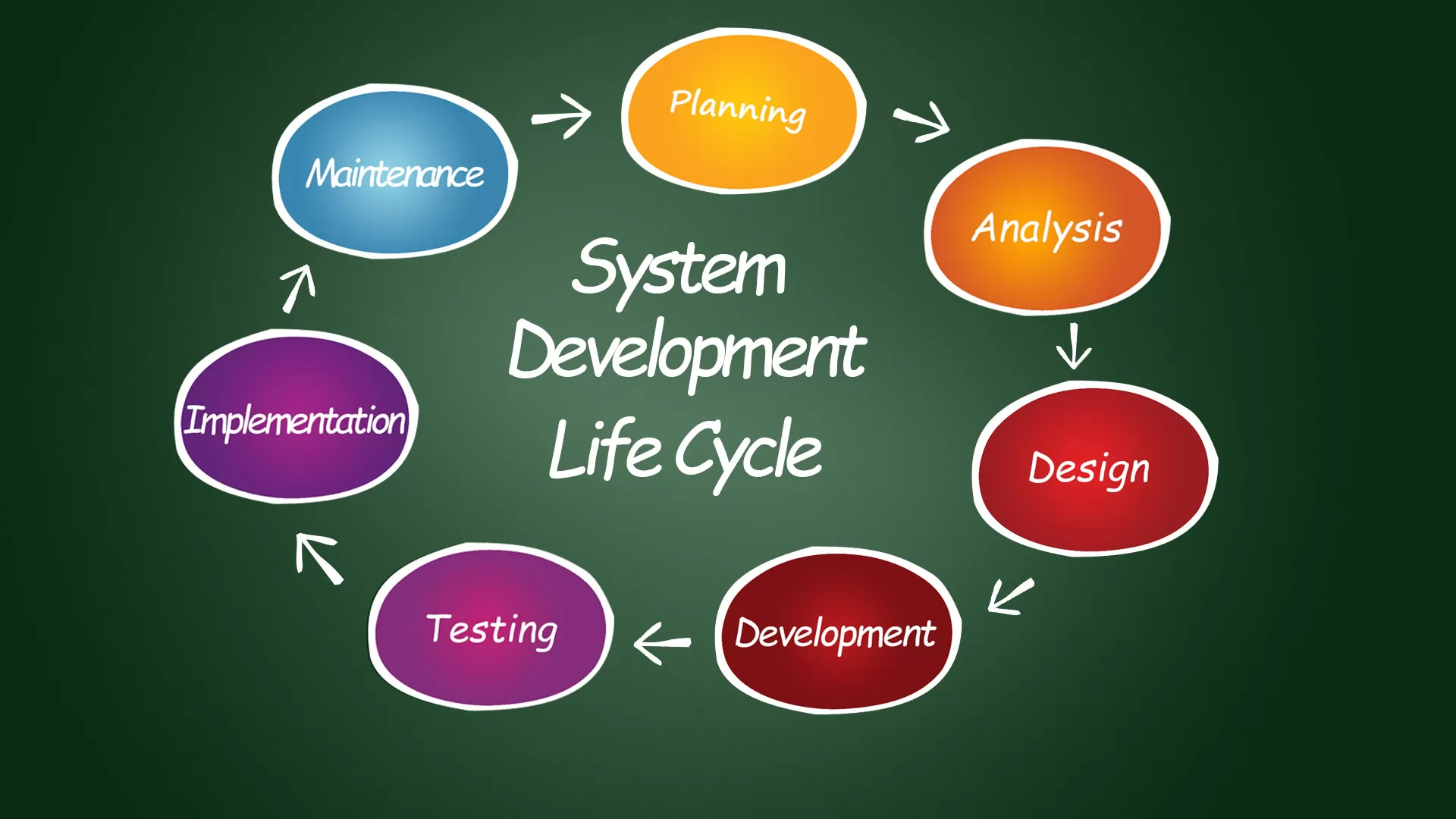System Development Life Cycle
Written on July 12th, 2024 by Aashay Zende
System Development Overview
Introduction
System development is a structured process of creating and maintaining systems to meet organizational needs. It involves a series of stages that transform a concept into a fully functioning system. This process is essential for ensuring that the systems developed are efficient, effective, and aligned with user requirements.
The System Development Life Cycle (SDLC)
The System Development Life Cycle (SDLC) is a framework that defines the stages involved in the development of information systems. These stages typically include definition, requirements, evaluation, design, implementation, final documentation and testing, and maintenance. Each stage plays a crucial role in the overall success of the system development process.
Definition
The definition phase is the first step in the system development process. It involves:
- Task and Problem Definition: Clearly defining the task to be accomplished and the problem to be solved.
- Project Scope: Determining the scope of the project, including resources required, estimated time for completion, and constraints.
- Feasibility Analysis: Conducting a feasibility analysis to ensure that the project is practical and achievable within the given constraints.
- Project Team Formation: Forming a project team with the necessary skills and expertise.
- Documentation and Approval: Documenting the task definition, project scope, feasibility analysis, and team membership. Obtaining client approval for the Definition phase document.
Requirements
The requirements phase involves gathering and analyzing the detailed requirements for the system. This phase includes:
- Requirements Gathering: Collecting detailed functional and non-functional requirements from stakeholders.
- Requirements Analysis: Analyzing the gathered requirements to ensure they are complete, consistent, and feasible.
- Requirements Documentation: Documenting the requirements in a clear and concise manner, often using requirements specifications or user stories.
- Client Approval: Obtaining client approval of the requirements document to ensure alignment with their expectations.
Evaluation
The evaluation phase involves assessing various approaches and solutions to meet the requirements. This phase includes:
- Solution Evaluation: Evaluating different potential solutions or approaches to meet the requirements.
- Risk Assessment: Identifying and assessing risks associated with each potential solution.
- Cost-Benefit Analysis: Performing a cost-benefit analysis to determine the most viable solution.
- Recommendation: Recommending the best solution based on the evaluation, risk assessment, and cost-benefit analysis.
- Client Approval: Obtaining client approval of the recommended solution.
Design
The design phase involves creating the architecture and detailed design of the system. This phase includes:
- High-Level Design: Creating high-level architectural designs, including system architecture, data models, and interface designs.
- Detailed Design: Developing detailed design specifications, including detailed data models, process flows, and interface designs.
- Design Review: Reviewing the design with stakeholders to ensure it meets requirements and is feasible.
- Client Approval: Obtaining client approval of the design specifications.
Implementation
The implementation phase involves developing the system based on the design specifications. This phase includes:
- Coding: Writing the code to implement the system, following the design specifications.
- Unit Testing: Conducting unit tests to ensure individual components function correctly.
- Integration: Integrating various components and subsystems to create a working system.
- System Testing: Conducting system tests to ensure the integrated system functions correctly as a whole.
Final Documentation and Testing
The final documentation and testing phase ensures the system is fully documented and thoroughly tested before deployment. This phase includes:
- Documentation: Creating detailed documentation, including user manuals, technical documentation, and training materials.
- Testing: Conducting final testing, including user acceptance testing (UAT), to ensure the system meets all requirements and is ready for deployment.
- Bug Fixing: Identifying and fixing any bugs or issues discovered during testing.
- Client Approval: Obtaining client approval of the final system and documentation.
Maintenance
The maintenance phase involves ongoing support and updates to the system. This phase includes:
- Support: Providing technical support to users and resolving any issues that arise.
- Updates and Enhancements: Implementing updates and enhancements to improve functionality and performance.
- Monitoring and Evaluation: Monitoring the system to ensure it continues to meet user needs and evaluating its performance.
- Documentation Updates: Updating documentation to reflect changes and enhancements.
Conclusion
System development is a critical process that requires careful planning, execution, and maintenance. Understanding the stages of the SDLC and the various methodologies can help organizations create effective systems that meet their needs and adapt to changing requirements. Whether using Waterfall, Agile, or a combination of both, the key to successful system development lies in thorough planning, clear communication, and continuous improvement.